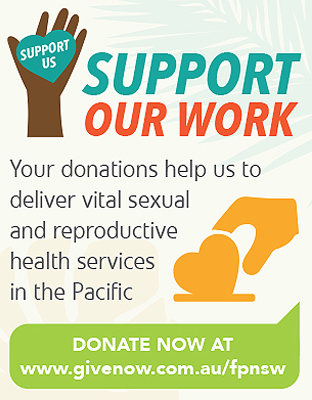Progestogen-only pill (drospirenone)
This page covers the progestogen-only pill containing drospirenone. It is also known by the brand name Slinda. This is a form of oral contraception that you take every day to prevent pregnancy. The progestogen is similar to the natural hormone, progesterone, which is produced by the ovaries.
New best practice guidance for general practice to reduce chlamydia-associated reproductive complications in women
Reference
Coombe, J., Goller, J., Vaisey, A., Bourne, C., Sanci, L., Bateson, D., Temple-Smith, M., Hocking, J., 2021, New best practice guidance for general practice to reduce chlamydia-associated reproductive complications in women, RACGP/AJGP, 50 (1-2) available onlineHormonal contraception: what's new?
Reference
Bateson, D., McNamee, K., 2021, Hormonal contraception: what's new?, Endocrinology Today, 10(1) 14-18Human Papillomavirus (HPV) Vaccination
What is human papillomavirus (HPV)?
HPV is a virus that can cause genital warts and some types of cancer including cervical cancer (cancer of the neck of the uterus). There are more than 100 types of HPV - about 40 of them can affect the genitals which includes the penis, vulva, vagina and cervix and anus.
In most cases, HPV infections are cleared naturally by the body within 2 years. However, in some cases the HPV is not cleared and stays on in the body and can lead to the development of certain cancers.
Pre-pregnancy Planning and Healthy Pregnancy
Most healthy, fertile couples become pregnant within the first 12 months of trying. Every month that a couple is trying to become pregnant there is about a 20% chance of a pregnancy. Women over 35 can take up to twice as long to become pregnant. You can increase your chance of becoming pregnant by having unprotected vaginal sex about three times a week before and at ovulation (the time when you are most fertile and an egg is released from your ovaries). For more information on when to have sex, see our fact sheet on maximizing natural fertility. See your doctor for advice if you have not become pregnant after trying for 12 months (or 6 months if you are over 35 years of age).
Long Acting Reversible Contraception (LARC)
Long acting reversible contraception (LARC) are a group of contraception methods that provide very effective, long acting and reversible contraception. These include hormonal implants, hormonal IUDs and copper IUDs.
Permanent Contraception: Male Sterilisation (Vasectomy)
Vasectomy is a permanent form of male contraception. It's a simple surgical procedure to prevent sperm travelling out of the testes and into the semen. If there are no sperm in the semen it is impossible to make a woman pregnant.
Permanent Contraception: Female Sterilisation
Female sterilisation is a permanent form of contraception. It's a surgical procedure to block the fallopian tubes that carry the egg to the uterus.
Hormonal IUD
There is one type of hormonal intrauterine device (IUD) available in Australia. It is called Mirena. It's a small plastic T-shaped device with a hormone called levonorgestrel in it. The hormonal IUD lasts for 5 years.
Combined Oral Contraceptive Pill Troubleshooting
If you forget a Pill follow these rules. There are different instructions for missed pills if you are taking the pill Qlaira - check the information in the packet.


